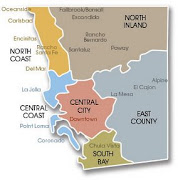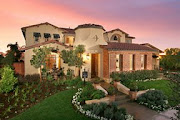Condominium - a form of collective ownership of real property. In a condominium, the individual property owners typically own the airspace within their own walls. The structures themselves, the land and the amenities built on the land, are owned in common with the other members of the association.
Townhouse - an architectural style; a dwelling characterized by two-story construction with a common wall or walls bordering neighboring dwellings. The common form of ownership is similar to a condominium project in that the property owner not only owns his or her respective unit, but also an undivided interest in any common area. Townhouse ownership sometimes differs from condominium ownership in that the townhouse owner owns the physical structure rather than just the airspace between the walls, floor and ceiling. However, in many areas "townhouse" now refers to the physical style of the structure rather than the form of ownership.
Planned Development (PD) - a planning and zoning term used to describe a subdivision in which the standard available zoning classifications do not apply. A master developer will, with the consent of the local governing authority, establish criteria for development of private and common area parcels specific to that subdivision. These may include special setback requirements, street lighting designs, street width standards, architectural styles, building height standards, land coverage ratios, common area park and amenity designs and the like. Planned unit developments are often used to cluster homes closer together than would otherwise be allowed by local zoning laws. Unlike in a condominium, individual property owners own the land underneath their homes.

